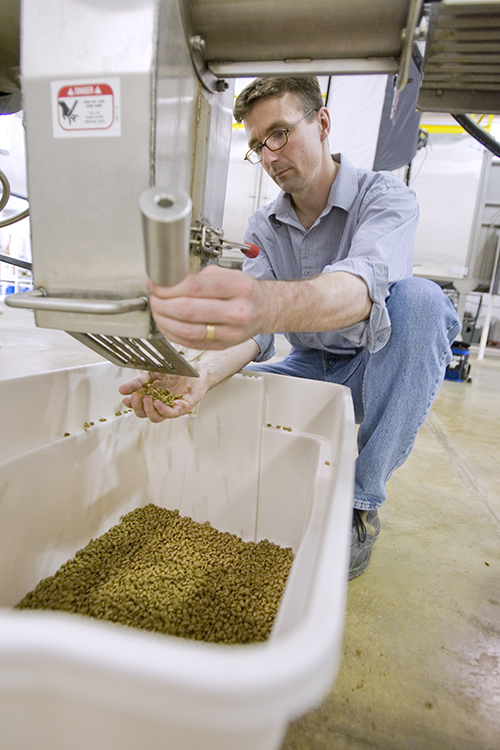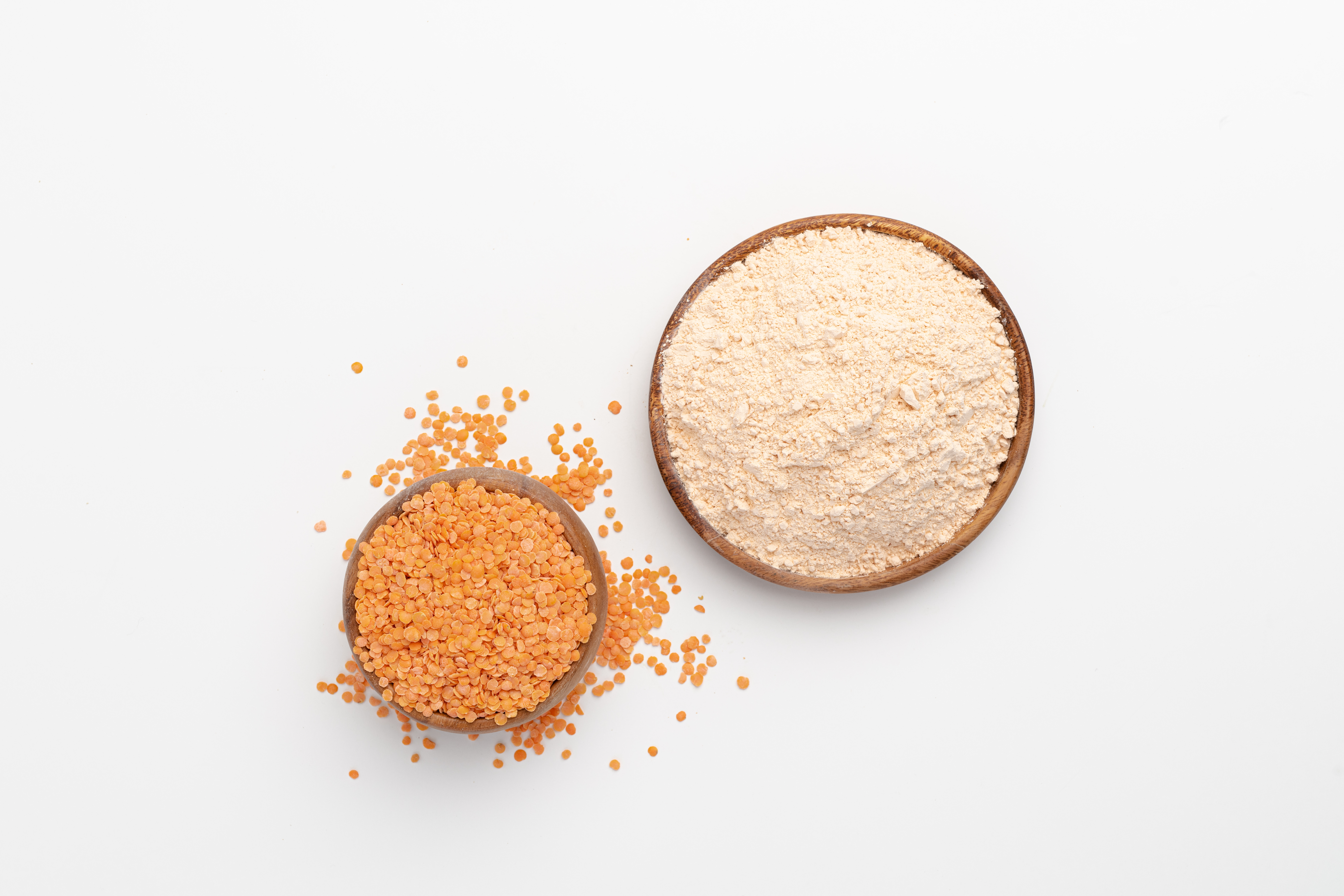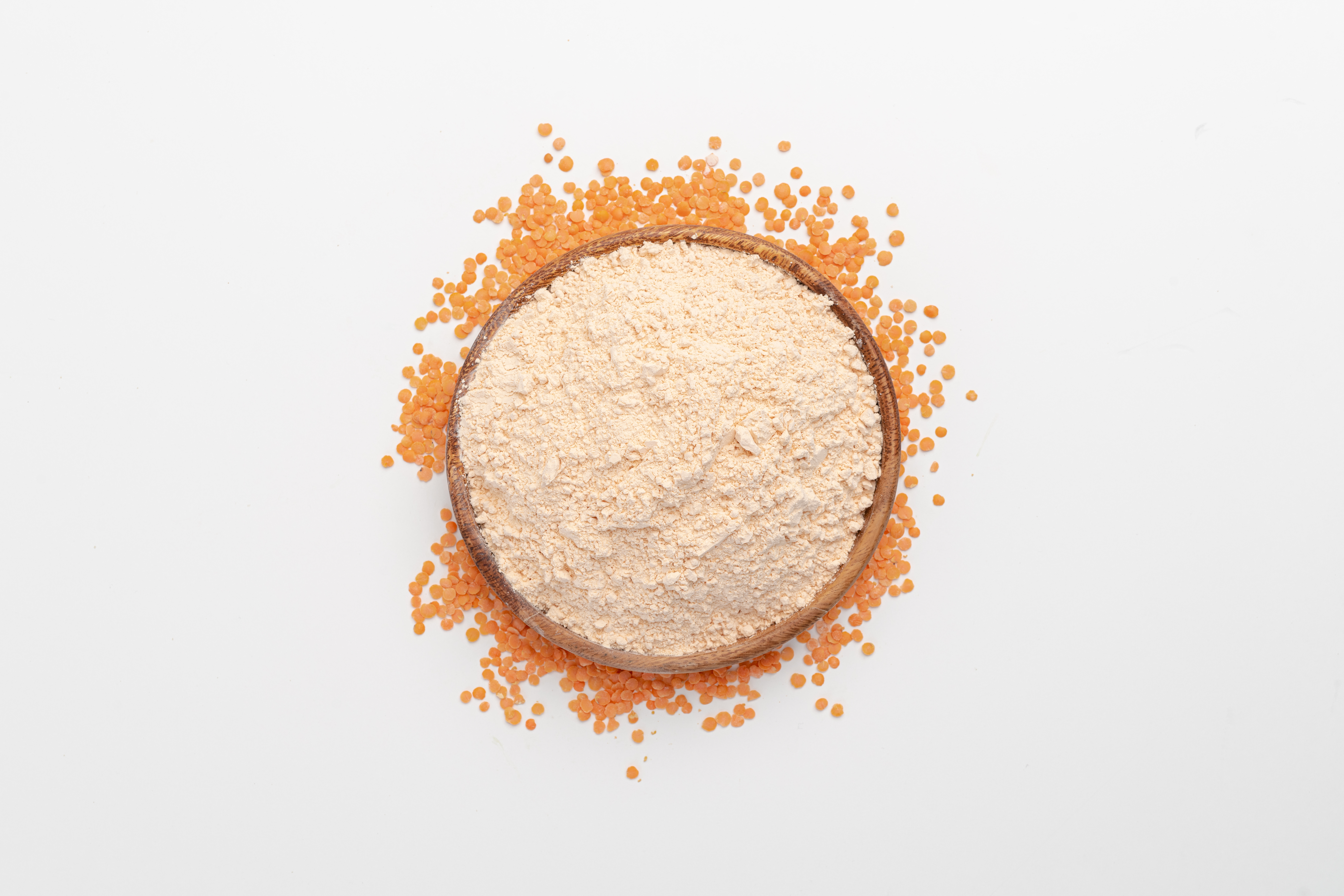Canadian pulse farmers may be the pet food industry’s newest weapon against canine obesity and diabetes, according to University of Saskatchewan researchers.
A recent research project investigating the effects of different pulse flours on pet health showed that both the quality and nutritional properties of extruded pet foods— kibble made from a mixture of raw ingredients cooked and shaped by extrusion processing—could be drastically affected by different pulse varieties.
This project was led by Dr. Yongfeng Ai at the University of Saskatchewan, whose objective aimed to generate high-quality dry pet foods containing pulse flours milled from round and wrinkled field pea, lentil, and faba bean.
“Pulses have already been studied extensively for their nutritional benefits in humans, and therefore have a lot of potential as healthy pet food ingredients,” says Dr. Ai.
For instance, the balanced nutritional profile and low glycemic effect of pulses make them a promising candidate for developing low-glycemic pet foods, which have a much lower impact on blood sugar level after consumption and may work to combat the trend of rising diabetes and obesity rates among pets.
One of the standouts from the study was wrinkled pea, which “offers a more promising source of protein, dietary fibre, and resistant starch than regular round pea.”
The study explored the impact of a range of variables on pet health, including processing conditions and additives such as phenolic compounds, organic compounds that offer their own health benefits. Beagles fed pulse-based diets had their blood glucose and insulin levels monitored, along with their ability to digest starch.
As a macronutrient often found in extruded dry pet foods, starch can impact health in various ways. It plays an important role as a binder, texture provider, and energy source. Resistant starch, the kind found in pulses, does not get digested as quickly or easily as common starch— which means it has less of an impact on postprandial blood glucose and weight gain.
That is great news for dogs, and for the growing number of owners concerned about canine obesity. The main cause of weight gain is diet—especially diets heavy in grain-based, high-carbohydrate pet foods. Obesity can lead to serious medical conditions such as respiratory distress, hypertension, cardiac disease, diabetes, locomotor, and musculoskeletal problems.
This collaborative research has led to significant findings on how the selection of crop varieties and the use of processing conditions influence the nutritional value of carbohydrates in pet foods. Among these findings were the superior nutritional profile of pulses, with an emphasis on wrinkled field pea and lentils.
“Pulse growers can use our findings to make decisions about what pulse crops to grow. Learning the roles and properties of pulse flours in different food systems can help farmers understand the value of various crops if they want to target specific markets such as the pet food industry,” says Dr. Ai, adding that research into the relationship between specific pulse flours and favourable pet diets is ongoing.
For instance, growers could use this research to take advantage of the potential profit increases that come from producing pulses suitable for the pet food market.
Dr. Ai says the potential for value-added applications of Canadian pulses to pet foods, human foods, and animal feeds is still wide open. Future studies may investigate the potential of different pulses, especially high-amylose wrinkled peas, for their value-added applications in other fields, such as nutrient supplements and bioplastics.

Project: Utilization of pulse-based ingredients to develop low- glycemic pet foods to improve the health of dogs
Industry Funder: Alberta Pulse Growers
Project Cost: $520,768.60
Project Completion Date: March 31, 2023



